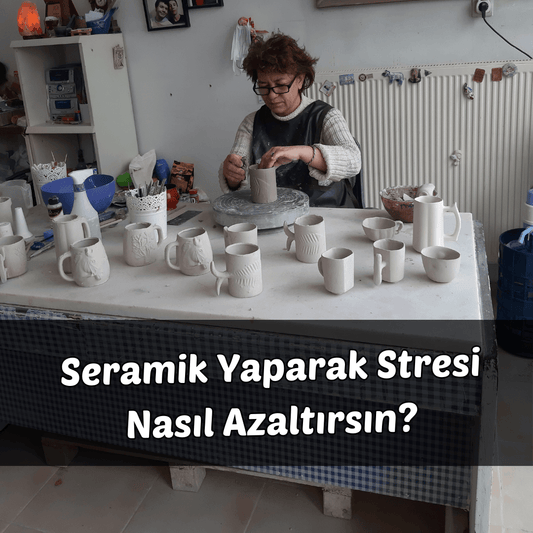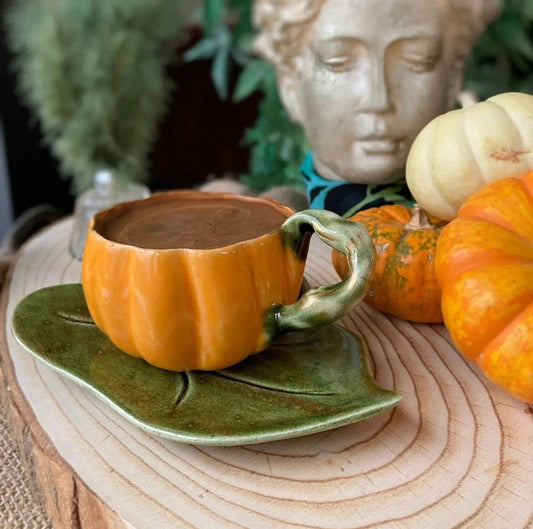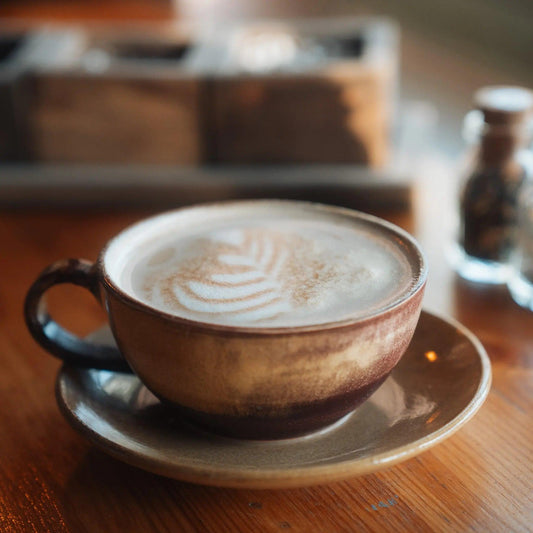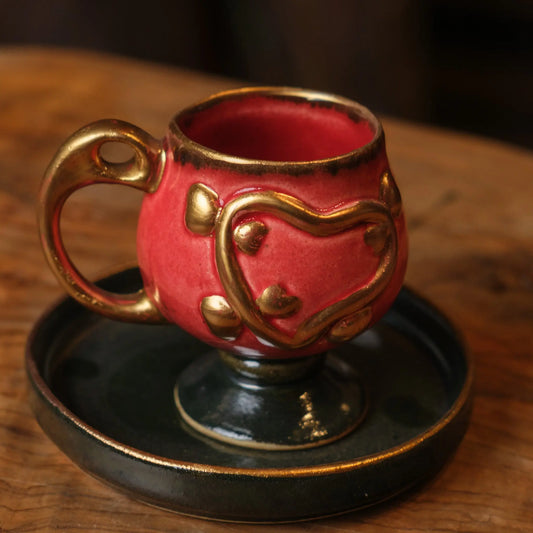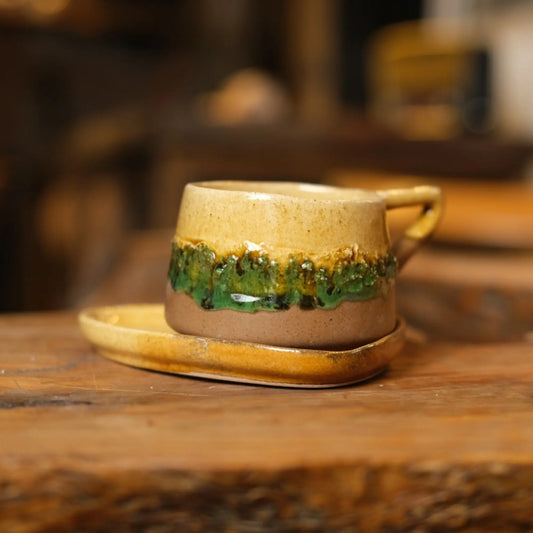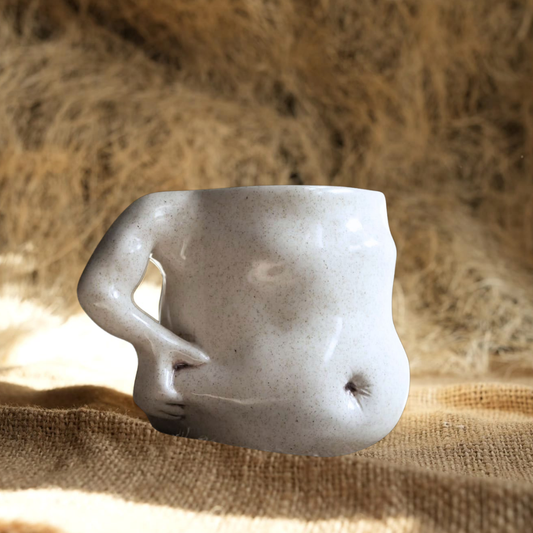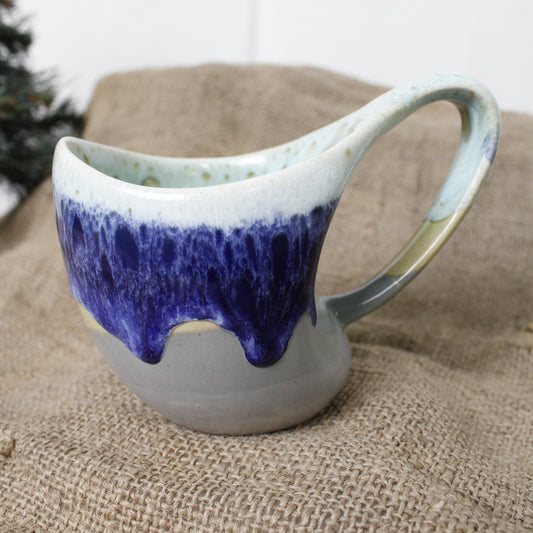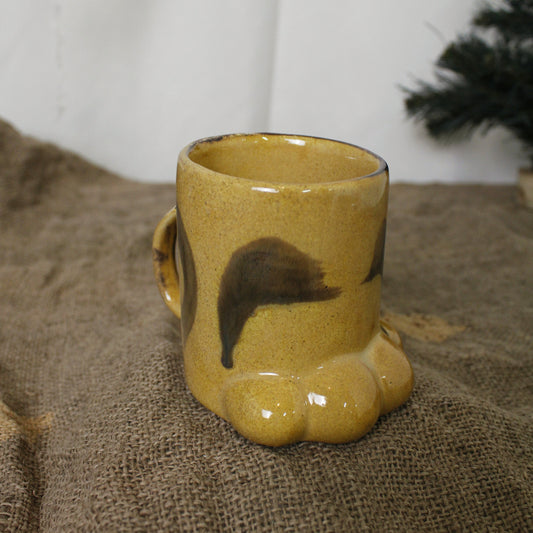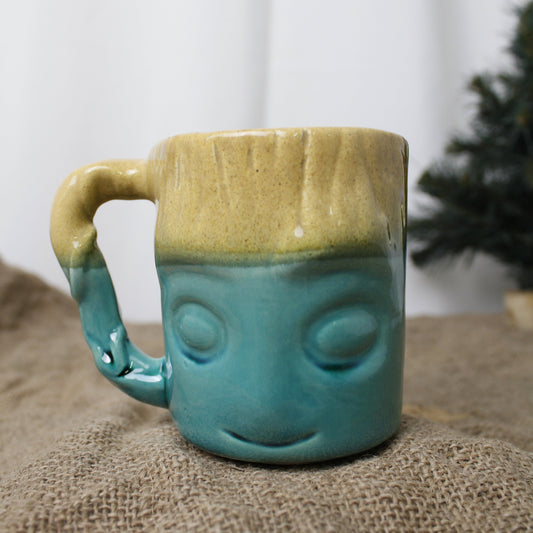Ceramic Firing Process and Choosing the Right Kiln
If you are new to ceramics, the firing process and choosing the right kiln is one of the most critical steps in this art. Firing makes your ceramic works made from clay permanent and durable. In this guide, we will cover the basic steps of firing ceramics and how to choose the right kiln step by step.
Firing Process: Steps to Firing Ceramics
-
First Firing (Biscuit Firing)
- The first firing is called “biscuit firing.” In this step, you put your clay creation in the oven and fire it at a temperature of around 900-1000°C. This process completely removes the water content of the clay and makes your creation hard, but still porous.
- After the bisque firing, your piece will be more durable and ready for glaze application. During the first firing, it is very important to heat the kiln slowly, otherwise you may damage your piece.
-
Secret Application
- After the bisque firing, you move on to the glazing phase of your piece. A glaze is a coating that adds color and shine to ceramics. During firing, the glaze melts and bonds to the surface of the piece, providing it with a permanent coating.
- Applying glaze increases the durability of your work and makes it waterproof. Glaze carefully and allow it to dry completely before placing it in the kiln.
-
Second Firing (Glaze Firing)
- After glazing, you put your piece in the kiln a second time to fire it at a temperature of around 1200-1300°C. This stage allows the glaze to melt and form a shiny and durable coating on the surface of the piece.
- The second firing finalizes your work and makes your ceramic ready for use. At this stage, you should carefully control the temperature of the kiln and the cooling process.
How to Choose the Right Oven?
-
Heat Capacity of the Oven
- When choosing a kiln, it is important to choose a kiln that is suitable for the types of clay and glaze you will be working with. Clays are generally fired at low (950-1100°C), medium (1180-1220°C) and high (1250-1300°C) temperatures. ( What Should You Consider When Choosing Ceramic Clay? )
- Depending on the type of clay you plan to work with, you should determine the temperature capacity of the kiln accordingly. For example, for clays that require high temperatures, such as stoneware and porcelain, you should choose a kiln that can fire at high temperatures.
-
Oven Size
- The size of the kiln will depend on the size and number of pieces you plan to produce. If you plan to make larger pieces, you should choose a larger kiln.
- Also, if you produce frequently, a larger oven can make your job easier by being able to bake more products at the same time.
-
Electricity or Gas?
- Electric ovens are generally more common and easier to use. They have more precise temperature control and are ideal for home workshops.
- Gas ovens are used in larger workshops and are suitable for those who want to fire in different atmospheric conditions. However, they can be more difficult to use and maintain.
-
Control and Timer Features
- The oven's temperature control and timer features allow you to precisely manage the baking process. Ovens with digital control panels allow you to manage temperature settings and baking times more easily.
- These features are especially important for beginners, as the baking process requires attention and patience.
-
Oven Type: Front Loading or Top Loading?
- Front-loading ovens offer a more ergonomic option for loading and unloading your pieces, while top-loading ovens are typically larger and wider, making them ideal for larger pieces.
- To decide which type of oven is right for you, you should consider the layout of your workshop and ease of use.
Conclusion
Firing ceramics is a process that requires patience and attention, but when you follow the right steps, you can achieve great results. When choosing a kiln, be sure to choose one that suits your needs and the type of ceramics you will be working with. Remember, don't be afraid to experiment and enjoy the process to get the best results with ceramics!




